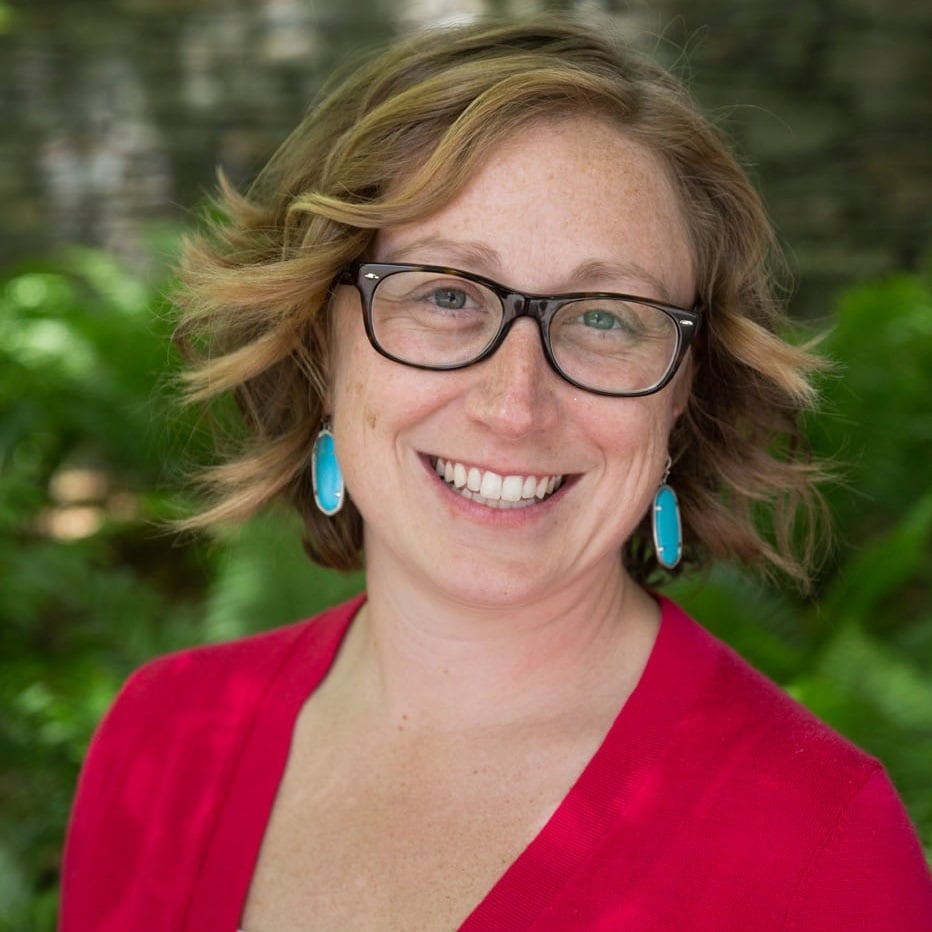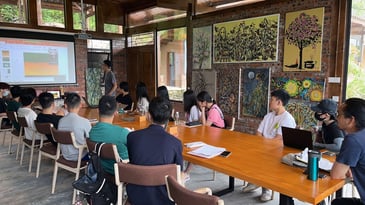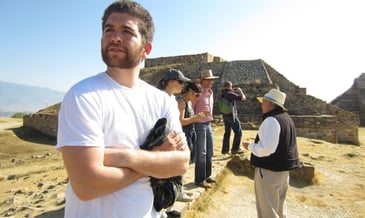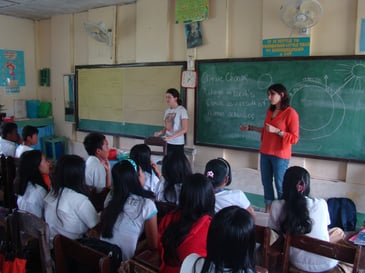Environmental Factors Kill 200,000 Antelope in Just 10 Days? This Is Why We Need Sustainability Leaders
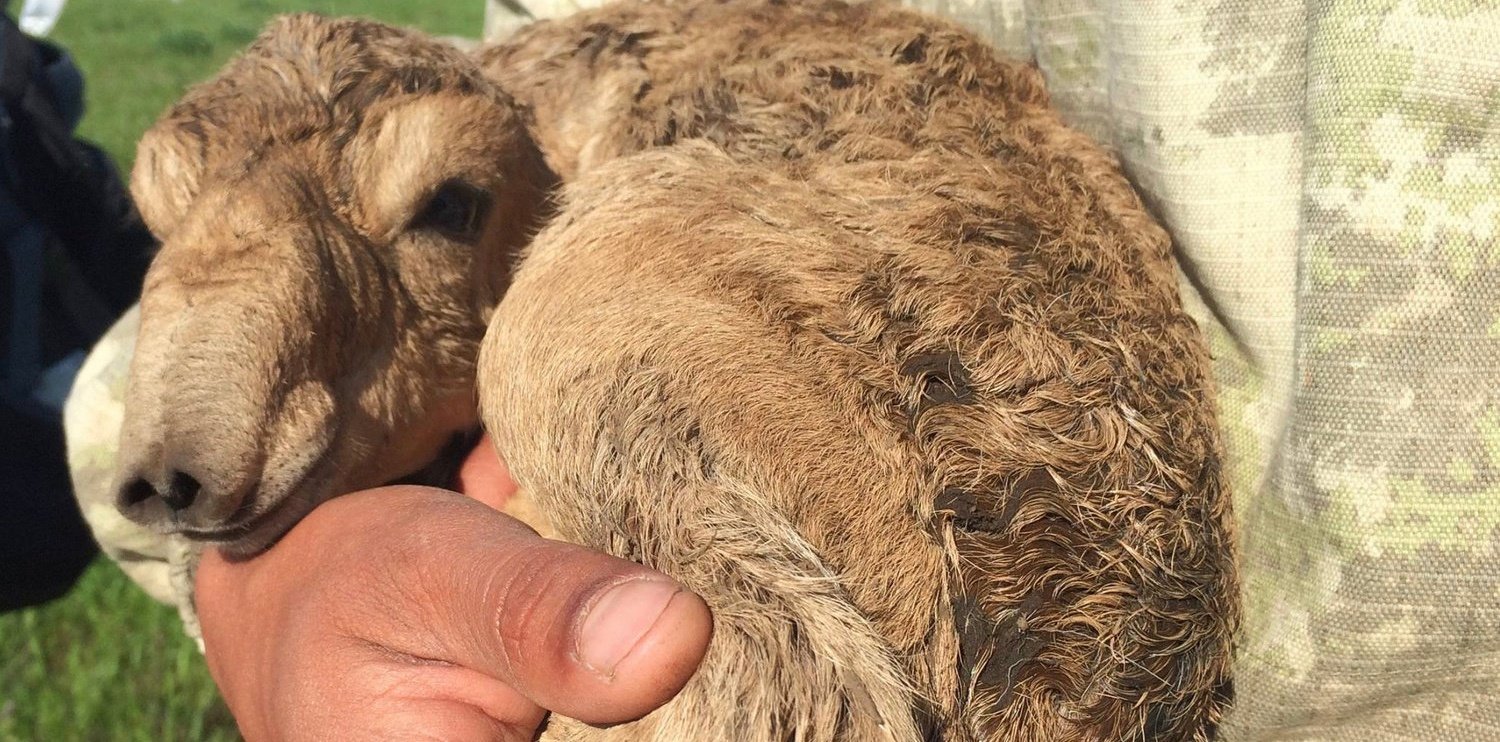
Blog post inspired by article from The Atlantic.
It only took ten days for two-thirds of the world’s population of saiga to be wiped out.
The saiga, an ancient type of antelope with a distinctive nose, roams the remote grasslands of Central Asia. Once a year in the spring, tens of thousands of female saiga travel to the same region to give birth in one extended calving season.
But something was different in the spring of 2015. As saiga began to gather, moisture in the air hit record levels, and the area became extremely warm. This unusual climate triggered the attack of a typically harmless bacteria that lives in the mouth of saiga antelopes. Under these extreme weather conditions, the bacteria, pasteurella multocida, found its way into the saiga antelopes’ blood, causing rapid blood poisoning and infiltrating all of their internal organs.
200,000 antelope died in the course of just a few weeks. In some herds, not a single animal survived.
Two years later, researchers are finally understanding the factors that caused such a bizarre and tragic mass mortality event, and some are warning that this type of event could easily occur again. If it does, the saiga antelope may be facing extinction.
The saiga are not the only species facing environmental threats. A study released in 2015 from the Proceedings of the National Academy of Sciences indicates that the magnitude of mass mortality events across species has been increasing for many decades.
These mass mortality events are just one piece of evidence that points to the looming threat of climate change.
As news stories like this proliferate, it’s important that we don’t lose hope. These next few years are crucial ones as we work to reduce the dangerous effects of man-made climate change and help the planet heal.
What we need most of all during these times is sustainability leadership and ingenuity.
The world needs people who can commit to working for sustainability and facilitating the necessary coordination between governments, businesses, citizens, and scientists as we face our common, global threat.
This is why we here at Bard work to prepare the next generation of CEOs, entrepreneurs, teachers, policy-makers, and thought leaders. When we invest in experiential learning now, we can execute data-driven, visionary plans in the future.
If you are wondering how you can help, think about how you can become a leader in the fight against climate change. Whether you are a natural born educator, entrepreneur, policy-maker, or scientist, your interests and passion can translate to an impactful career in sustainability that saves the lives of species like the saiga antelope.


